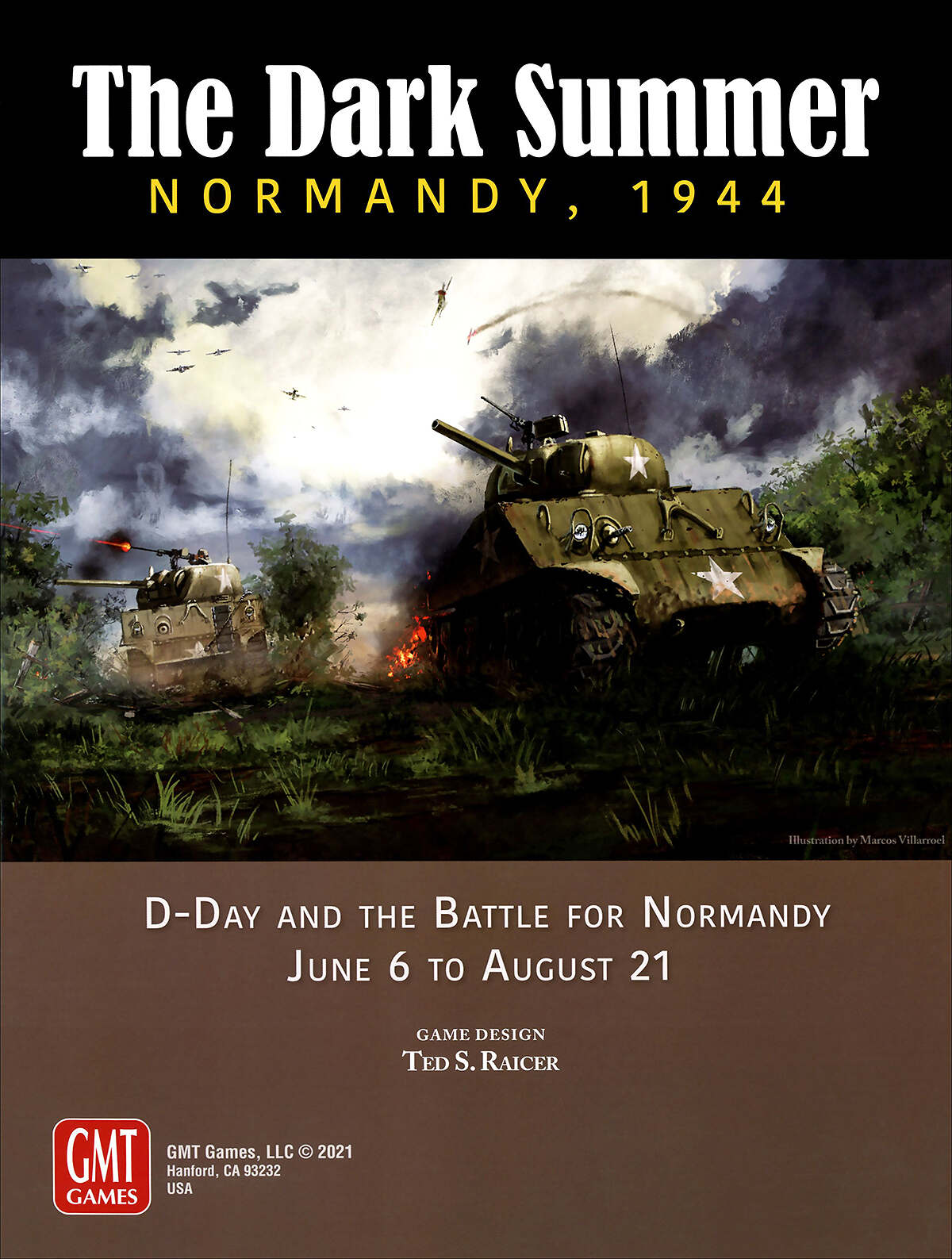A winter in Russia
A winter in Russia
The new year brings blizzards, which do not weaken. Faced with a lack of personnel, the Luftwaffe of big Göering is being slimmed down by redeploying support staff to the front line. Likewise, foreign volunteers are called in. Several sectors of the front line have only half-strength units, which will not be reinforced for lack of personnel. The maintenance of the panzers is for the moment assured, they lack nothing. Bad time for infantrymen!
The forces massed towards Sebastopol are redirected by train to Voronezh. The great Black Sea port will not be attacked in winter.
In the Leningrad sector, the front is still static. The Moscow front is receding by several tens of kilometres. It is only towards Voronezh that sporadic fighting breaks out and sees the destruction of a Soviet army.
Both fighters, exhausted, search for their breath and take advantage of the bad weather to take a break.
The month of February see a (relative) rise in temperatures. Snow has replaced the blizzard and allows the return of a certain mobility. Admiral Horthy offers the services of a Hungarian headquarters. This one comes to settle not far from Leningrad. It will be able to provide supplies to the troops of the northern front. They need it because the Soviet attacks. Taking advantage of the weakness of the units present, it manages to break through the German lines and to cross a river which marked the limit of the front. This will lead to the transport in trains of numerous but weak Axis troops to contain the threat.
On the Central front, the Russian withdraws towards Moscow and reduces its line. He doesn't yet have the means to hold an extended line. From Voronzeh come out new armoured corps of the Red Army which finally gives him armoured zocs and support at each attacking hex. It is the panzers which pay the price, suffering regular losses in the sector.
For his part, the German opts for a brutal strategy: the constitution of two panzer armies which will hit the Soviet armies in the plain every turn. There is a one in three chance of killing one of them in each attack. In spite of these tactics, the front remains globally static, neither side is able to provoke a major crisis.
The solution for the Axis comes from the GA South. Reinforced with motorised troops, it operates a turning movement on the enemy's rear and comes to threaten Rostov. The Russian, nourished by experience, immediately flees. Stalino is abandoned and part of the encirclement is in turn surrounded. A German infantry army is almost dispersed by a Russian counter-attack. A confused melee ensues but at least the front moves.
The bad weather continues in March. Mud replaces snow.
On the Leningrad front, the Soviet Union has gained a little more ground but has to stop, the terrain and the weather are not suitable for an attack.
The Central Front continues its undermining work. A panzer corps arrives in sight of Moscow! But the Russian prepares a counterattack. This front has turned into a killing ground. For the moment, German resources allow it, but it will not last another three years.
Taking advantage of some good weather at the end of the month, the Luftwaffe takes off and comes to hit the Soviet airfields. And it is clear that the VVS has expanded. The old I153s are gone and the sky is full of Yak1s and even capitalist planes such as Hurricane or P40. The attack is disappointing. In the air also we're moving towards a conflict of wear and tear. In Berlin, the formation of a new squadron of BF109Fs is ordered, but the reserves has reached the bottom.
Once again, the only good news came from the gates of the Caucasus. Rostov is under fire from the guns of the Romanian mountain corps. There are however six Soviet armies to fight against a roughly equal number of axists but the mobility of the fascists is the key to success.





Commentaires
Enregistrer un commentaire